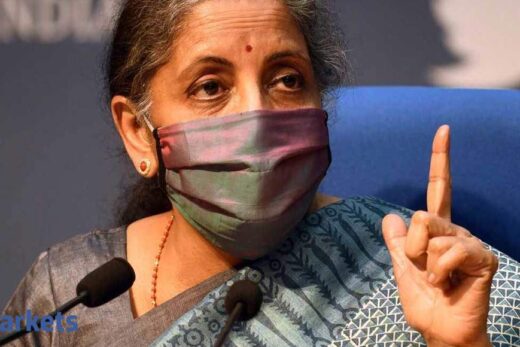In an interview with CNBC, Bullard said he was among the seven Fed policymakers who expect the most aggressive steps, with rate increases beginning next year, to contain inflation that he thinks will prove more persistent than his colleagues.
New economic projections released by the Fed after a two-day policy meeting on Wednesday showed a core of 13 out of 18 officials projected rates would likely need to increase by the end of 2023, a surprise to many investors and analysts.
But with the pandemic “coming to a close,” Bullard said, a shift to non-crisis policies is normal.
“We were expecting a good year, a good reopening, but this is a bigger year than we were expecting, more inflation than we were expecting, and I think it’s natural that we’ve tilted a little bit more hawkish here to contain inflationary pressures,” Bullard told CNBC.
The Fed on Wednesday surprised investors by anticipating two quarter-percentage-point rate increases in 2023.
“I put us starting in late 2022,” Bullard said, to control inflation that he said would hit 3% this year, excluding volatile food and energy prices, and remain at 2.5% through 2022, exceeding the Fed’s formal 2% target.
Bullard’s comments open what is likely to be an intense period of Fed efforts to talk the public and markets globally through the central bank’s shift to post-pandemic monetary policy.
Bullard’s frank assessment of the need for the Fed to be “nimble” in the face of growing inflation seemed to add pressure on US stock futures, with the S&P 500 e-mini futures sliding by more than half a percentage point during his appearance on CNBC. The yield on the 10-year Treasury note rose back above 1.5% as he was speaking.
The conversation over that turn in policy began on Wednesday with the opening of what Bullard said would be a “healthy” debate over several meetings about how and when to reduce the Fed’s $120 billion in monthly purchases of Treasury-issued and mortgage-backed securities (MBS).
Bullard also flagged a potentially hawkish outcome on that front, saying the Fed should consider dropping its MBS purchases first in order not to feed “froth” in the housing market, and be “nimble” enough to speed up or slow down the monthly pace of tapering based on how the economy behaves.



